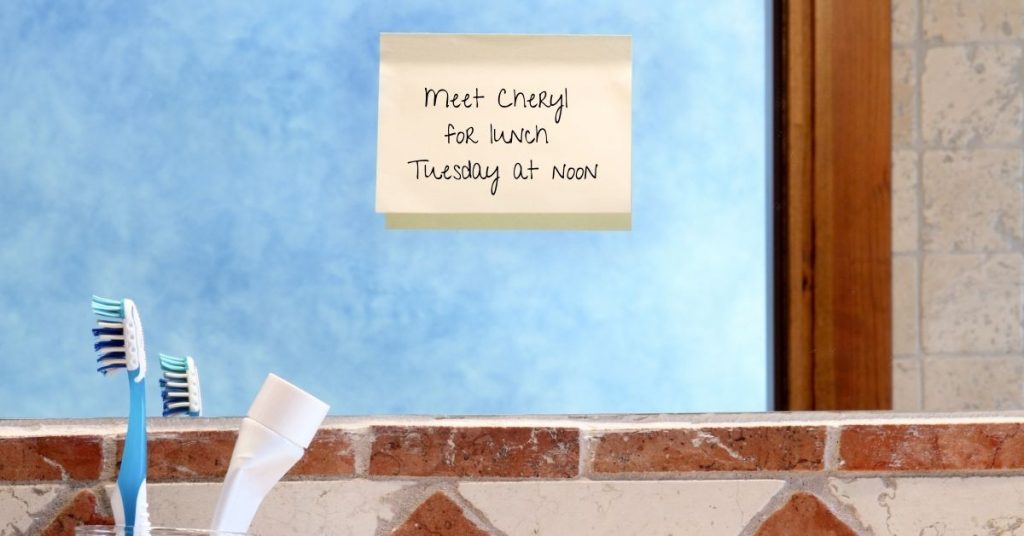Listen to this episode of the Focus with Marlene Podcast:
Get caught up with all episodes in the Moving Beyond Survival series.
Change is ongoing throughout life. We will experience many ups and downs, bumps and bruises, most of which we take for granted.
It is when we encounter major upheavals and setbacks that it takes longer to get back on our feet. At those times we have the opportunity to reflect on what is working and what is not and explore new ways to improve our life and make our goals happen.
This month, we have been reflecting on how current habits can either help or hinder us.
In How to Replace Bad Habits With Beneficial Habits, you made a list of how you spent your days and the habits that either got things done or got in the way.
In Changing Negative Habits Formed During Childhood, you explored the messages you heard as a kid that resulted in many of the habits you have today.
In How to Replace Critical Self-Talk with Affirmations, you learned about your internal critic and how to replace it with critical thinking.
This week, I want to summarize how habits are created.
Behaviors repeated over and over eventually become a habit.
After a habit is formed, you don’t think about it; you just do it. The habit becomes the activating behavior, not thought or willpower.
For example, you decide to run each day for exercise. You establish the time and when that time arrives, it becomes your cue to put on your running shoes and move.
You don’t focus on how you feel; you only focus on your decision. After a number of repetitions, a habit is formed, and you no longer think about it.
When establishing a routine, decision and time frame become the motivation.
Behavior change
 In his book, Atomic Habits: Tiny Changes, Remarkable Results, James Clear states that all behavior is driven by the desire to solve a problem.
In his book, Atomic Habits: Tiny Changes, Remarkable Results, James Clear states that all behavior is driven by the desire to solve a problem.
“Sometimes the problem is something good you notice and want. Sometimes the problem is pain, and you want to relieve it.”
Either way, you solve problems through establishing productive habits.
In defining a behavior change of any kind, James Clear indicates there are 4 stages involved.
First, there is a cue – that gets your attention.
Second, there is a craving or desire – you want this.
Then you respond to both of these so you can get your reward.
In creating good habits, he suggests that the cue be obvious, the craving, attractive, your response, easy, and the reward, satisfying.
When I established my habit of walking or exercising in some way each day, my cue was the designated time I set. My reward for following through was how good I felt after going for my walk.
To break a habit, you hide or make the cue invisible, you make the craving “unattractive,” and you make responding difficult.
If you have a sweet tooth, always craving that cookie, you probably have cookies or sweets around that are easy grab and eat. When you want to break that habit, you remove all cookies or sweets from your home. That is hiding the cue.
You remember that eating cookies only adds to the pounds you want to shed, so you are making the craving unattractive.
You replace this craving habit with something else that is both healthy and satisfying.
Cues get our attention.
They prompt us to do something. They are a signal for action of some kind.
Cues can be used as reminders of things you want to do. When I have my outdoor sprinklers on, I put a large note on my kitchen counter or in my office where it is highly visible. The note states: Water on (time). Shut off (time).
I do the same when I have something slow-cooking in the kitchen. I set a timer in my office to remind me to go check within 10 minutes or so.
When I need to be somewhere I put a reminder note on my bathroom mirror the night before.
When you have a busy schedule, these reminder cues are priceless. These are different than writing it in your day planner. These are visible and quickly capture your attention.


